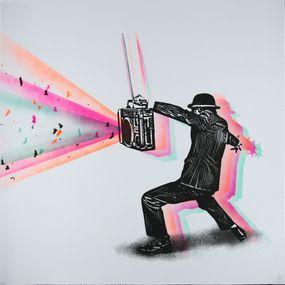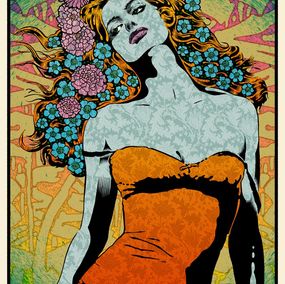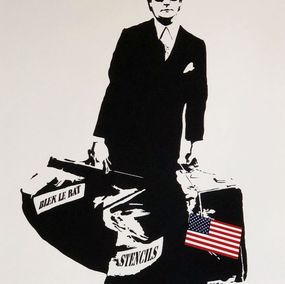
Screen print
Serigraphy is a printing technique that uses a stencil stretched over a mesh screen, allowing ink to pass only through selected areas. Originating in China more than a thousand years ago, it gradually spread before reaching major prominence in the twentieth century. Employed both in industry and in artistic creation, serigraphy established itself as a key medium of modern and contemporary art, offering vivid colors and reproducible motifs on paper, textile, cardboard, metal or glass.
Many artistic movements embraced serigraphy and screen printing, from pop art to abstract experiments and street art. Andy Warhol turned the screen print into a central tool of his iconic portraits, while Shepard Fairey relied on serigraphy for his political posters. Keith Haring, with his dynamic forms, and Takashi Murakami, with his colorful pop compositions, also reinforced the importance of screen printing as an artistic practice. Adaptable to small and large formats, serigraphy applies to diverse themes, from portraiture and urban motifs to geometric compositions.
Today, serigraphy attracts both collectors and art enthusiasts for its versatility and cultural value. To discover a serigraphy or a screen print is to explore a technique that combines tradition and modernity. On Artsper, explore a curated selection of unique works and enrich your collection with a serigraphy, a true cornerstone of contemporary art.
Save your search and find it in your favorites
Save your search to find it quickly
Saved search
Your search is accessible from the favorites tab > My favorite searches
Unsaved search
A problem occurred
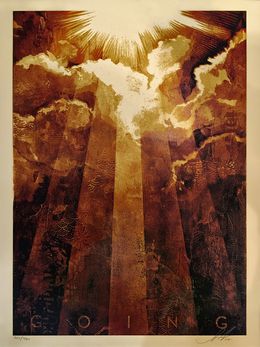

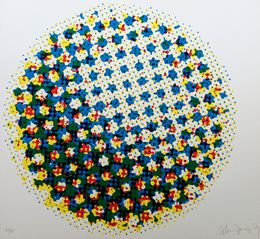

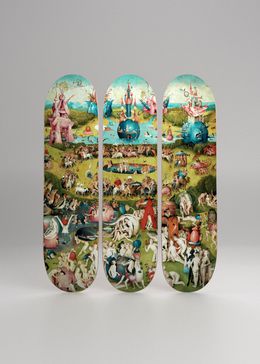


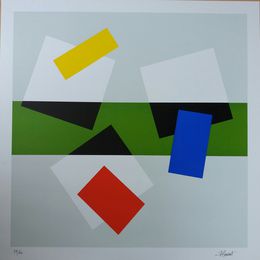
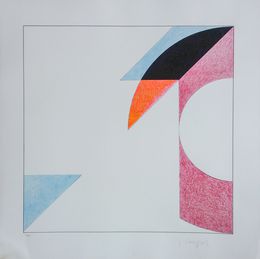





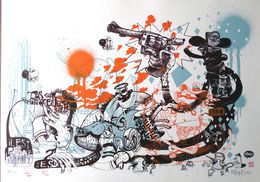


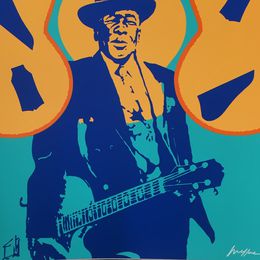

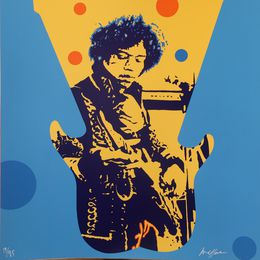

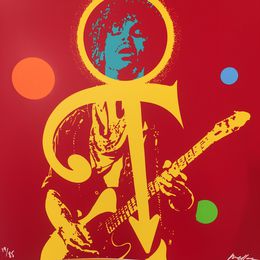
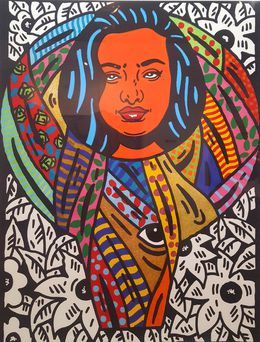
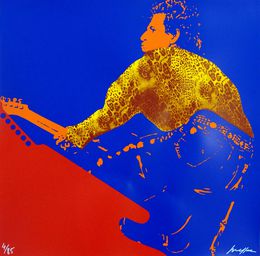



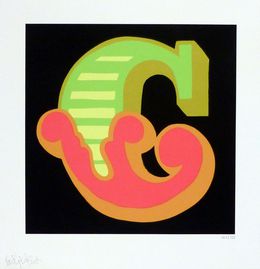
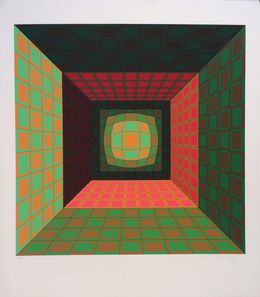
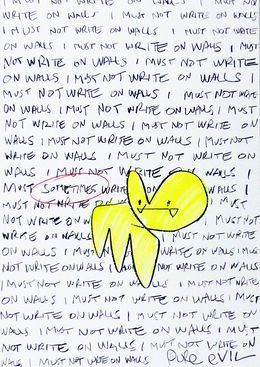








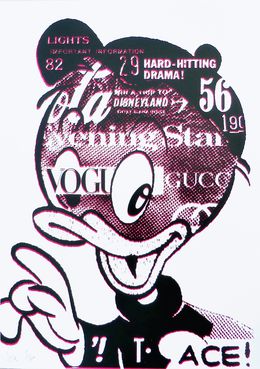
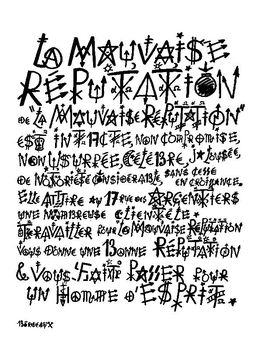
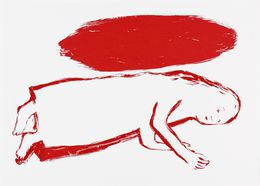


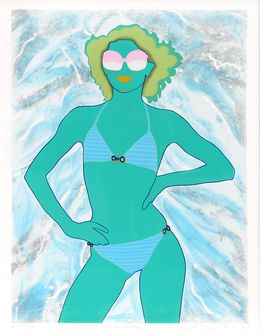

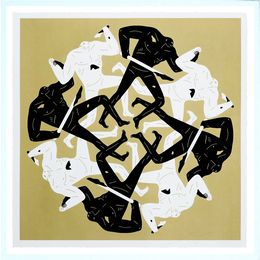
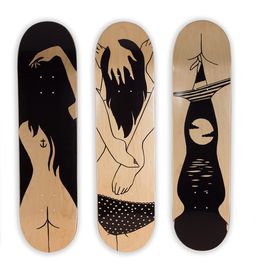

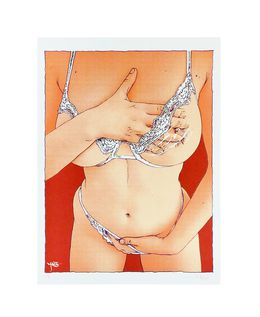


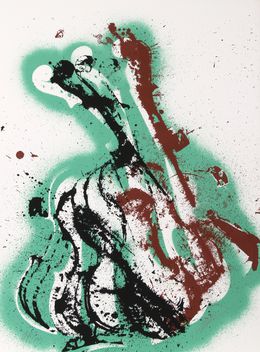
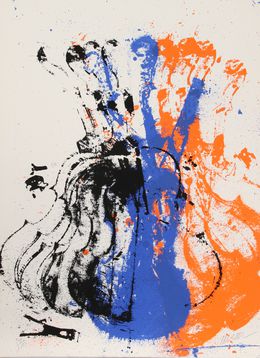
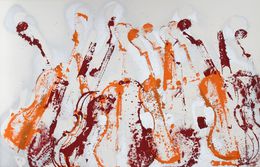

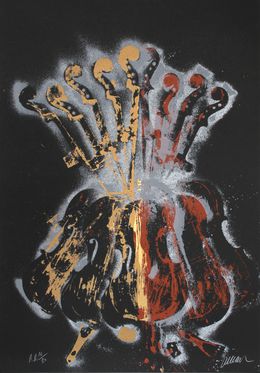

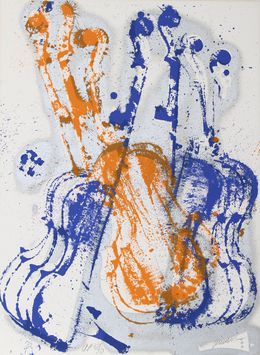
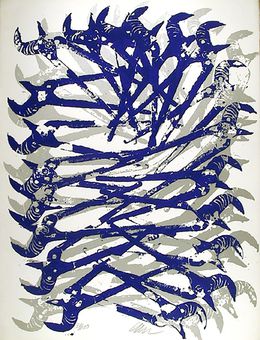
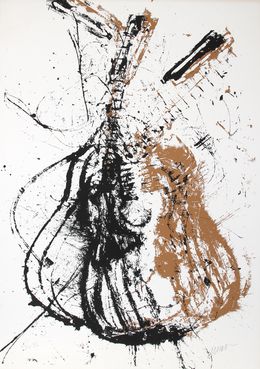

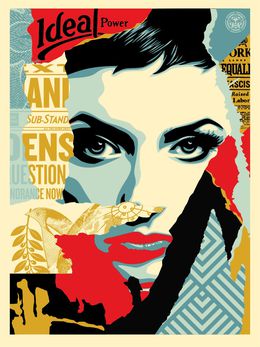



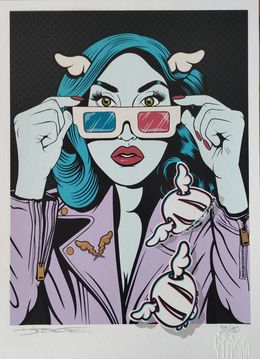








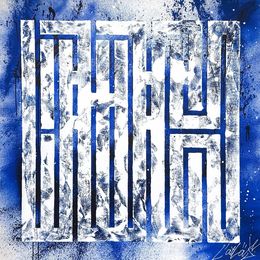
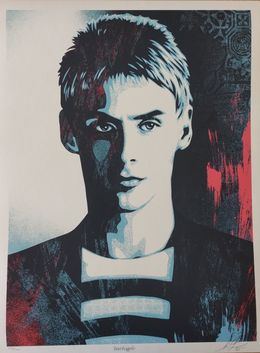





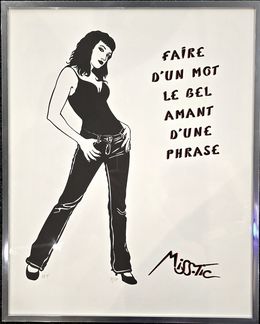


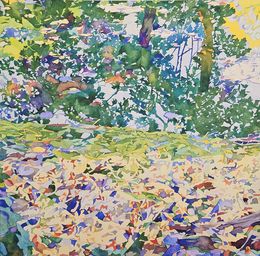
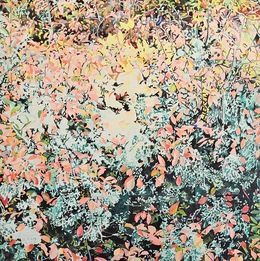
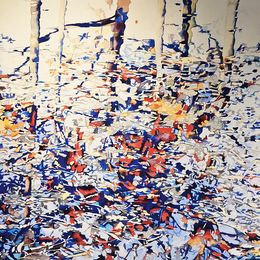
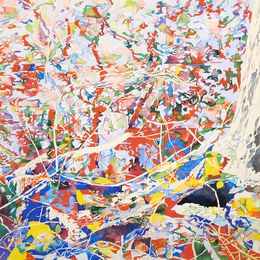


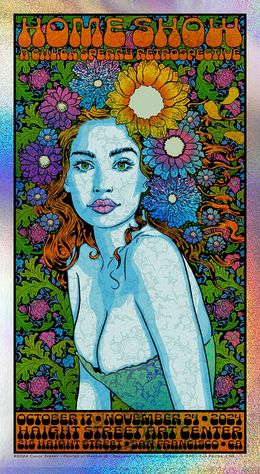

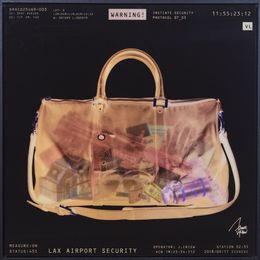
Discover the styles & movements
Discover the selection of our experts
Screen printing is a printing technique that involves passing ink through a stretched fabric screen, previously exposed to a pattern. Each color is applied separately, resulting in vivid, precise works.
Lithography is a flat printing technique using a stone or plate, while screen printing relies on passing ink through a silk screen. Both methods allow for the creation of original works in series.
Screen printing is a printing technique that involves passing ink through a silk or nylon screen, previously prepared with a stencil. It allows for the reproduction of works in limited series, often used in contemporary art.
Screen printing fabric is a thin canvas, often made of polyester or silk, stretched over a frame. It serves as a medium for transferring ink to paper or other materials during the artistic screen printing process.






